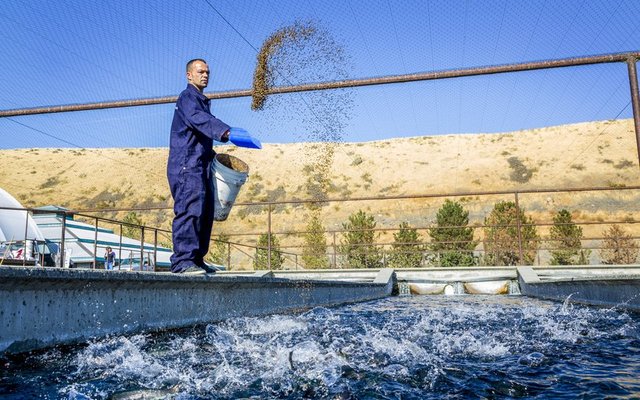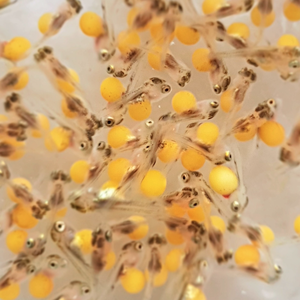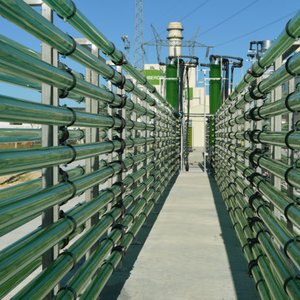A study has been initiated with Hendrix Genetics and GenetiRate, a US based start-up, to apply a new technology that has the potential to measure the feed conversion rate of rainbow trout. The innovative technology can predict feed conversion based on metabolic rates measured on fish larvae or muscle tissue. The ability to select trout with significantly improved feed conversion would mean increased profitability for farmers. Producers gain the benefit of increased growth rate while maintaining feed intake.
GenetiRate was founded by Dr. Benjamin Renquist from the University of Arizona and recently won the Seafood Innovation Award at the North Atlantic Seafood Forum. GenetiRate has run successful trials using their technology with other aquatic species. If successful, the project will allow Hendrix Genetics to select individual trout with improved metabolic rate, which predicts feed conversion.
“We are excited to begin these trials to understand how our selection process can be applied to improve both growth and feed efficiency in rainbow trout. We appreciate that Hendrix Genetics recognizes the value in applying our technology to better serve their customers’ needs. By improving feed efficiency, GenetiRate and Hendrix Genetics Aquaculture aim to help the aquaculture industry meet the sustainability demands of the consumer at the restaurant or grocery store,” said GenetiRate’s Founder and President, Benjamin Renquist.
Robbert Blonk, Director of R&D Hendrix Genetics Aquaculture stated that “feed conversion is notoriously difficult to measure on an individual level in aquaculture species. However, this new technology allows us to measure individual feed conversion and thus improve efficiency of the Troutlodge breeding stock. Ultimately, this translates into an improved final product with increased profitability and sustainability for the entire industry.”
Investment in these innovative technologies and solutions will translate to faster genetic progress – one of the most important factors in the health of the aquaculture industry. The project is set to start soon, with a review of the results scheduled to occur at the end of 2020. This collaboration using innovative technology to study Troutlodge breeding stock has the potential to make significant genetic progress for the industry.













